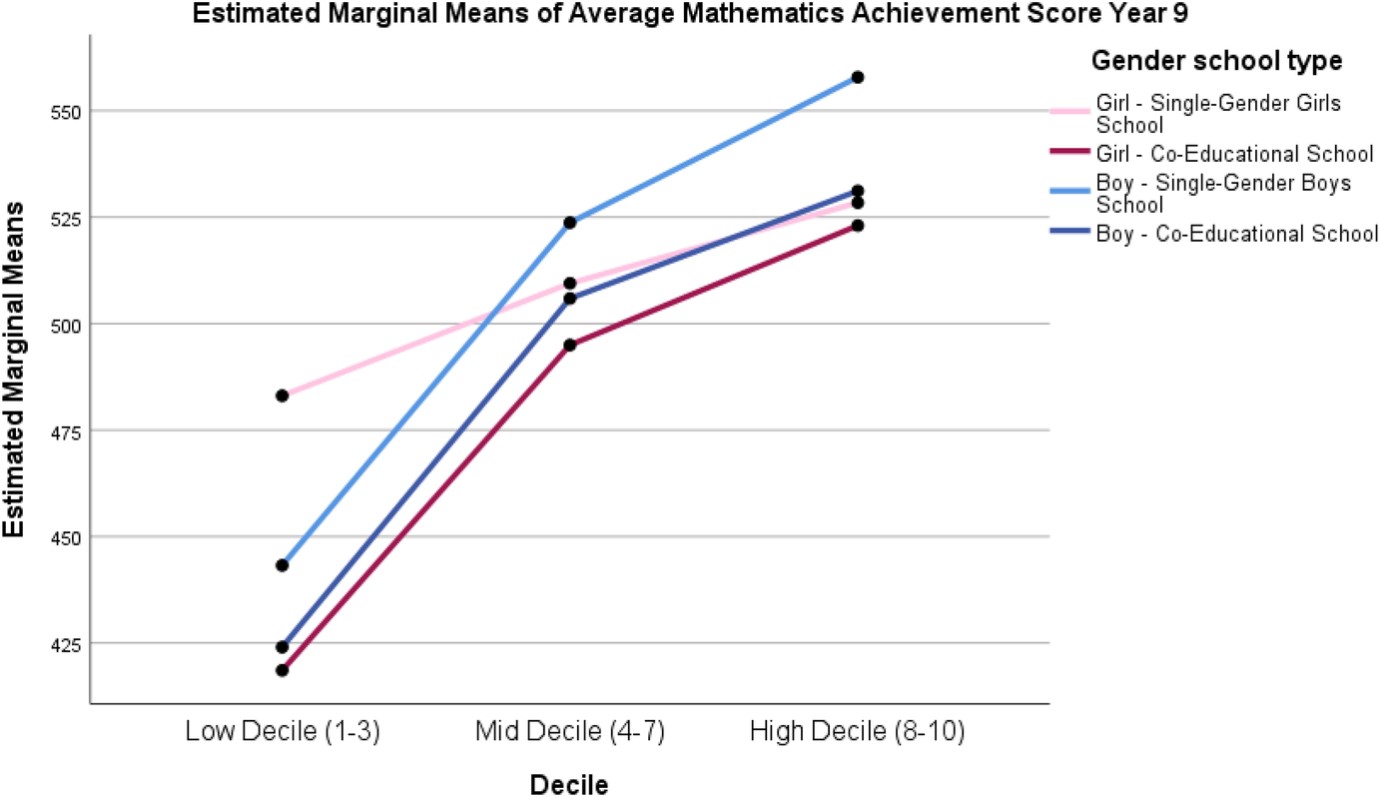So much so, that mathematician Dr Tanya Evans recalls the dismay she felt when her daughter, in primary school at the time, told her matter-of-factly ‘oh, maths isn’t for girls, Mum’.
But these stereotypes are largely unfounded.
“There’s a stereotype of male superiority in maths-related disciplines, in all Western countries and many other countries around the world,” Evans, a senior lecturer in mathematics education at University of Auckland, says.
“And that perpetuates the notion that men inherently possess a greater aptitude for maths and science. That is a well-documented fact.
“However, the data from large scale international assessments, such as PISA 2018, showed that 15-year-olds boys significantly outperformed girls in mathematics in less than half of the participating 79 countries and economies.
And in science, boys’ performance was significantly better than girls in only six jurisdictions, whereas girls did significantly better in 35 jurisdictions.
“So for science, you can say that 15-year-old girls are doing much better than boys in many places,” Evans says.
“So, the achievement gap is not quite there. If there is a gap, the effect is so small that it's pretty much trivial and there’s no point talking about it.”
Nevertheless, women remain underrepresented in STEM fields, and Evans is keen to understand the phenomena and improve outcomes for women and girls.
This led Evans explore whether gender-segregated schooling has an impact on the maths and science outcomes for girls, and her study has yielded some unusual results.
The research is based on some preliminary evidence showing that of all girls enrolled in engineering degrees at the University of Canterbury between 2005 and 2017, 56 per cent had attended girls-only schools. This is almost five times higher than expected.
Evans and co-author Alice Smith used the 2019 TIMSS dataset to analyse achievement scores in single-gender and co-ed schools, across a range of socio-economic deciles.
In one sense, the data follows a familiar trajectory, with higher socio-economic decile schools associated with higher achievement scores.
But there was one very notable outlier.
“What was particularly striking, was that the girls in those low socio-economic schools were doing much, much better than everybody else, including the boys in single-gender schools and co-educational settings. That was really unusual,” Evans says.

Evans admits the TIMSS sample size of low decile schools was limited – there were only two girls’ schools and three boys’ schools – however the results were consistent across them.
“So there’s something in the water in those schools.
“There’s something that they’re doing remarkably well for those girls, and that obviously warrants a further investigation,” she says.
Evans is already working on a new study to dig a bit deeper into what is working for girls in single-gender schools, with a couple of key theories in mind.
She points to a stereotype threat, when people are at risk of conforming to a stereotype held about their social group, as a possible factor at play for girls in co-ed schools.
“So girls, if they know that the stereotype is there that girls do not do well in maths, if the girl identifies belonging to this group, she basically internalises this stereotype threat, and believes in that stereotype.
“And if you believe you’re not good at something, there is plenty of well supported research across all nations, to say that this affects your self-concept, your self-efficacy beliefs, and those are the best predictors of achievement that we have at this moment, from the psychological educational research.”
Evans says there is also some evidence to suggest that all-girls’ schools build their culture and character by actively trying to reverse such stereotypes.
She speaks of her experience when her daughter ended up, by chance, attending an all-girls secondary school.
“I would attend all these school events and when the principal was giving speeches, every single speech that I heard, started by empowering girls to break the glass ceilings, to participate in STEM subjects,” she says.
“And that’s what they were doing throughout the five years of high school, they were empowering girls to be brave, to be bold, and to go into those industries that are male-dominated and make a difference.”
Evans, who values her own co-ed schooling, is eager to point out she is not promoting single-gender schools.
However, she is interested to find out whether there are lessons to be learned from these settings.
“So if, for example, the explicit messaging around female empowerment is important, that is not so hard to take on board and implement in co-educational settings, we can totally do that,” she says.
However, if girls are excelling in single-gender schools because the absence of boys and perhaps an all-female staff mean that stereotype threat is not present, that could be harder to change in co-educational settings.
“But if we know this is what it is, then at least we can think about how we can mitigate the stereotype threat in society and put our efforts in that direction,” she adds.














